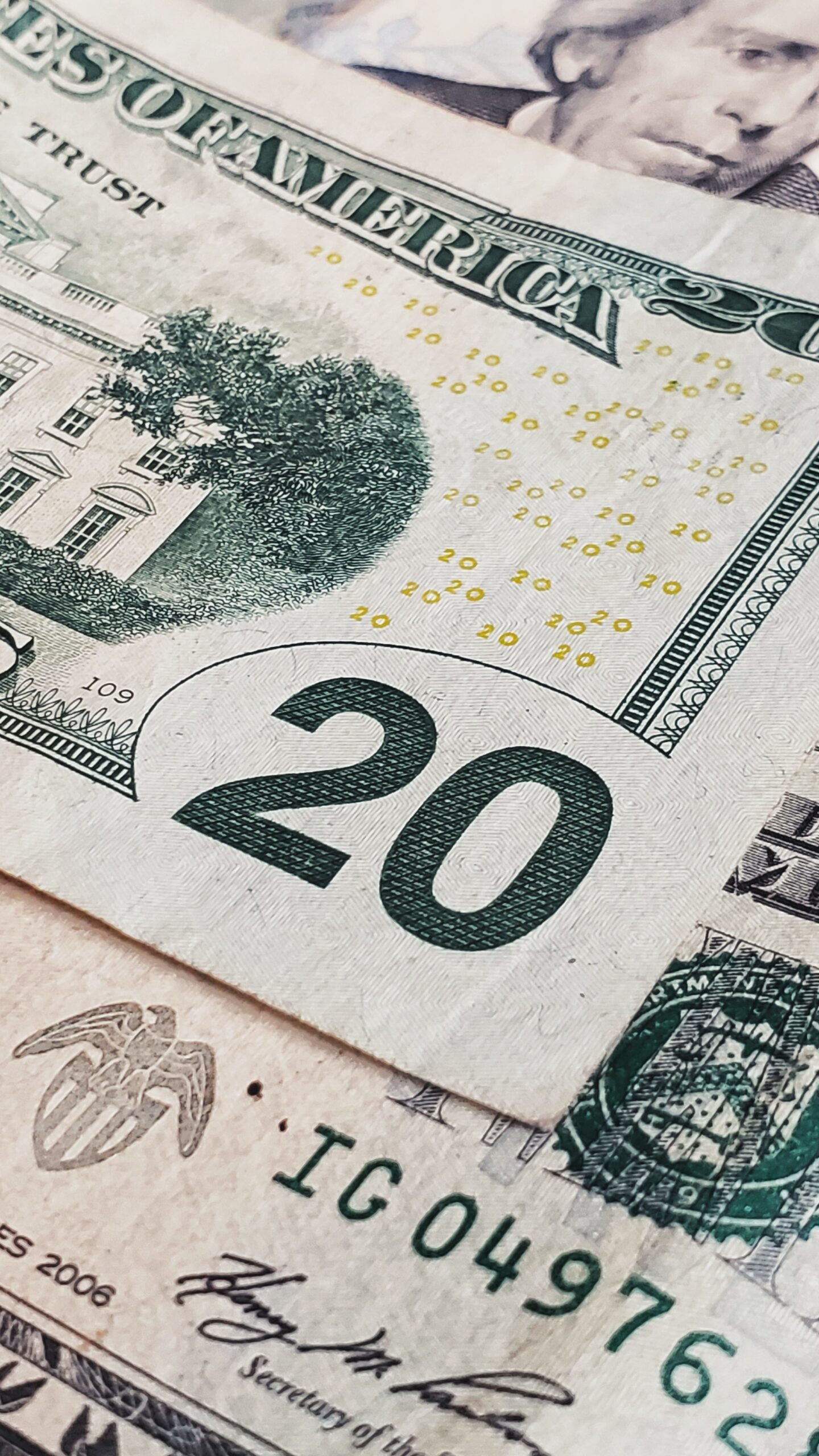Contents
Price Leadership Introduction
What is Price Leadership In the ever-evolving landscape of business, staying ahead of the competition is the ultimate goal. One powerful strategy that can help businesses not only survive but thrive is Price Leadership. In this comprehensive guide, we will delve deep into the world of Price Leadership, exploring its definition, significance, and the purpose of this article.
A. Definition of Price Leadership
Price Leadership, in essence, is a strategic approach where a company sets the price for its products or services, and other competitors in the market follow suit. It is about being the trendsetter in pricing within a specific industry or market segment. This leadership position can be based on various factors, including cost advantages, brand recognition, or innovative pricing strategies.
B. Significance in Business
Price Leadership is of paramount significance in the business world. It allows a company to establish a dominant position in the market, leading to increased market share, brand loyalty, and profitability. This strategy is not only about pricing; it also encompasses creating a competitive advantage and implementing effective pricing strategies.
C. Purpose of the Article
The purpose of this article is to provide a comprehensive understanding of Price Leadership, its historical context, various types, characteristics, benefits, challenges, and strategies for achieving it. We will also explore real-world examples and case studies to illustrate how Price Leadership has been successfully implemented and the challenges companies have faced. Additionally, we will delve into future trends and the factors influencing Price Leadership, along with methods for measuring its success.
Historical Context
A. Origins of Price Leadership
To fully grasp the concept of Price Leadership, it’s essential to delve into its historical origins. Price Leadership is not a recent phenomenon; it has roots dating back to the early days of commerce.
Throughout history, certain pioneering companies have established themselves as leaders in setting prices for their products or services. These companies have often used various strategies to achieve this leadership position, and their success stories serve as a source of inspiration for businesses today.
B. Early Adopters and Success Stories
Some of the early adopters of Price Leadership include companies like Ford, which revolutionized the automobile industry with its innovative pricing strategies. By making automobiles affordable to the masses, Ford became a price leader in the industry.
Types of Price Leadership
Price Leadership can be categorized into two main types: Cost-Based Price Leadership and Non-Cost-Based Price Leadership.
A. Cost-Based Price Leadership
1. Explanation
Cost-Based Price Leadership is a strategy where a company becomes a price leader due to its cost advantage in the market. This could be a result of efficient production processes, economies of scale, or access to low-cost resources.
2. Advantages
The advantages of Cost-Based Price Leadership include the ability to maintain competitive pricing while still ensuring profitability. It can also deter new entrants into the market due to the challenge of replicating cost advantages.
3. Disadvantages
However, Cost-Based Price Leadership can be challenging to sustain in the long term, as competitors may catch up in terms of cost efficiency. Additionally, it may lead to price wars, which can erode profit margins.
B. Non-Cost-Based Price Leadership
1. Explanation
Non-Cost-Based Price Leadership is achieved through factors other than cost advantages. This could be based on brand reputation, innovation, or unique value propositions that allow a company to set premium prices.
2. Examples
Examples of Non-Cost-Based Price Leadership include companies like Apple, which commands a premium price for its products due to its brand image and perceived value.
3. Effect on Market
Non-Cost-Based Price Leadership can shape consumer perceptions and influence their willingness to pay premium prices for products or services. It often leads to higher profit margins.


